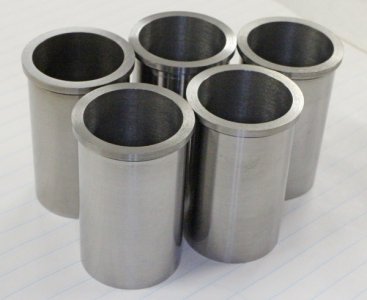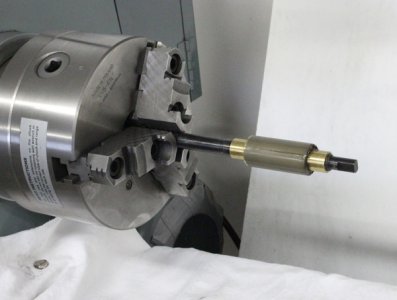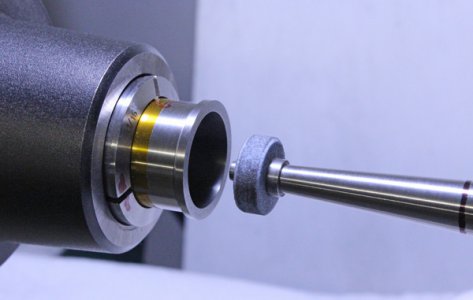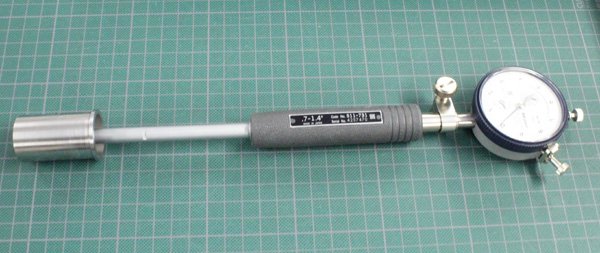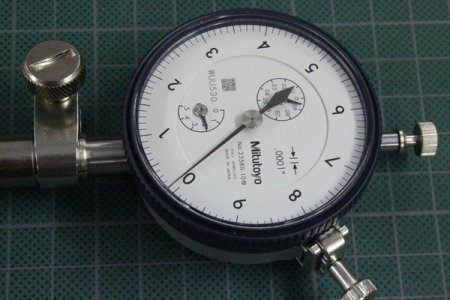That makes a lot of difference, thanks. This doesn't look so bad at all. If you are having a hard time with unintentional bias, you could try measuring one of your own bores, and just looking at standard deviation. I'd be happy with mostly within 0.0001". I was just working on boring a piece to fit. I used a micrometer and a telescoping gauge and hit it right on. Then, just to see how things were going, I tested with a junk dial caliper, possibly from Harbor Freight. It was off by 0.015"! I pulled out an end mill, and it turned out the calipers were right on. The micrometer was off by 0.015". How could I have nailed the bore? Of course, ID and OD measurements were with the same instrument. Somehow, the calibration was off by a huge amount, but I was able to screw the micrometer back to zero. I don't know how it was off by so much. The dial caliper can easily be off by that much if a chip gets caught in the rack.


